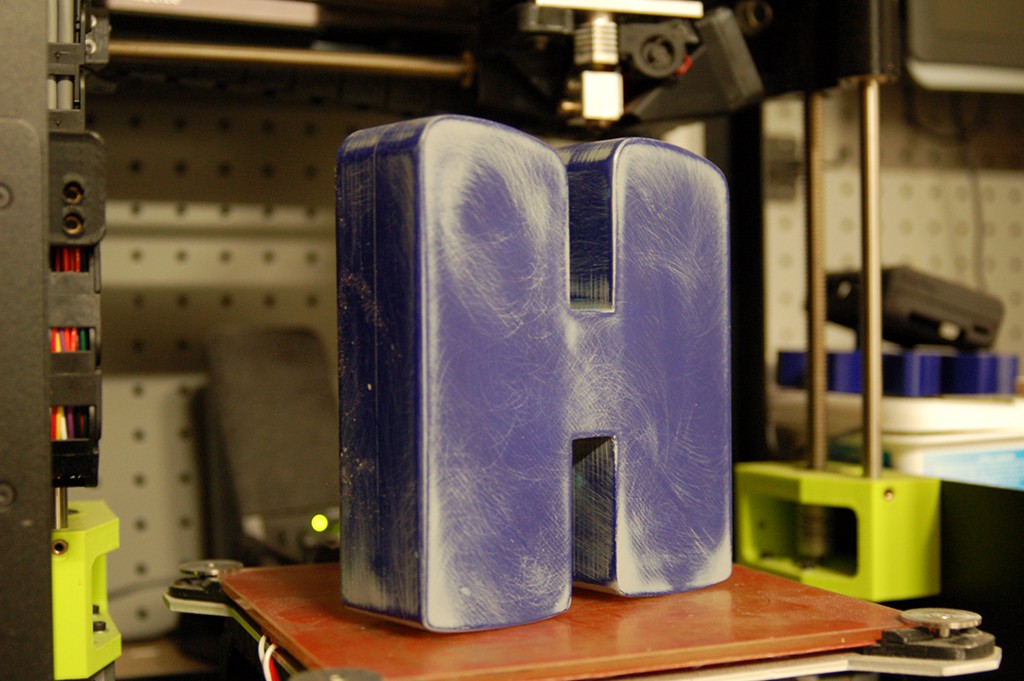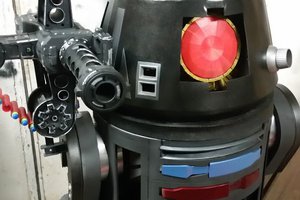This night light project has the following requirements:
- Controllable by my home automation system (Home Assistant)
- Have individually controlled LEDs
- Allow basic animations, that can be streamed, or stored
I wanted to create the night light shape - so I planned on experimenting with resin casting. This didn't work very well, so I'm in the process of coming up with a different method of making a milky-white H-shaped light.
 Myles Eftos
Myles Eftos


 Thomas Thiel
Thomas Thiel
 Alain d'Espaignet
Alain d'Espaignet
 Andy Lee
Andy Lee
 Kenneth Zaborny
Kenneth Zaborny